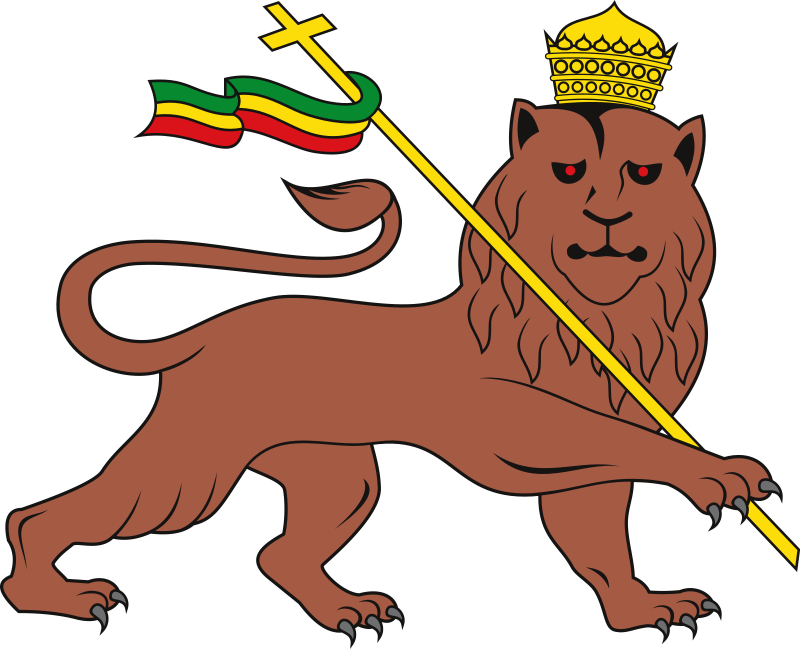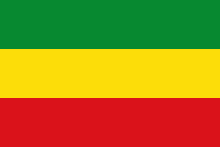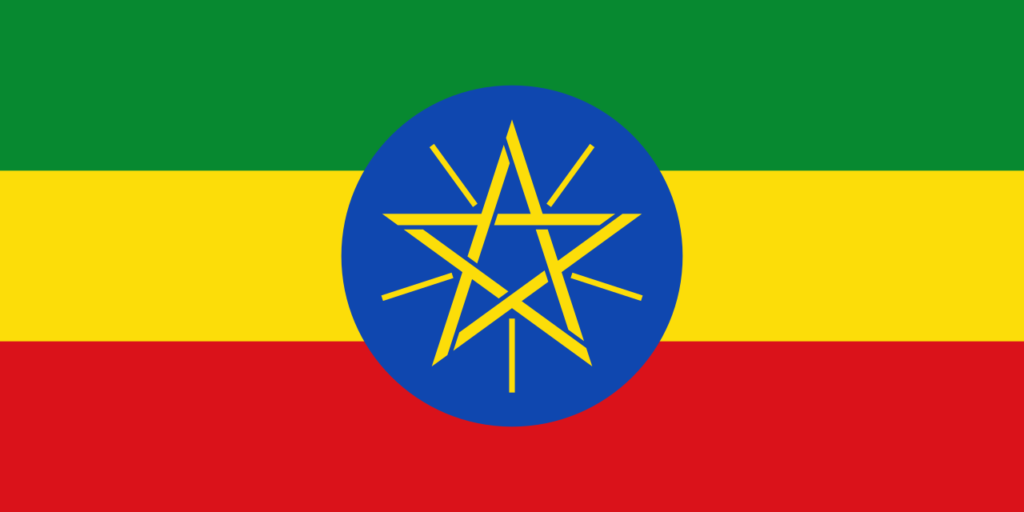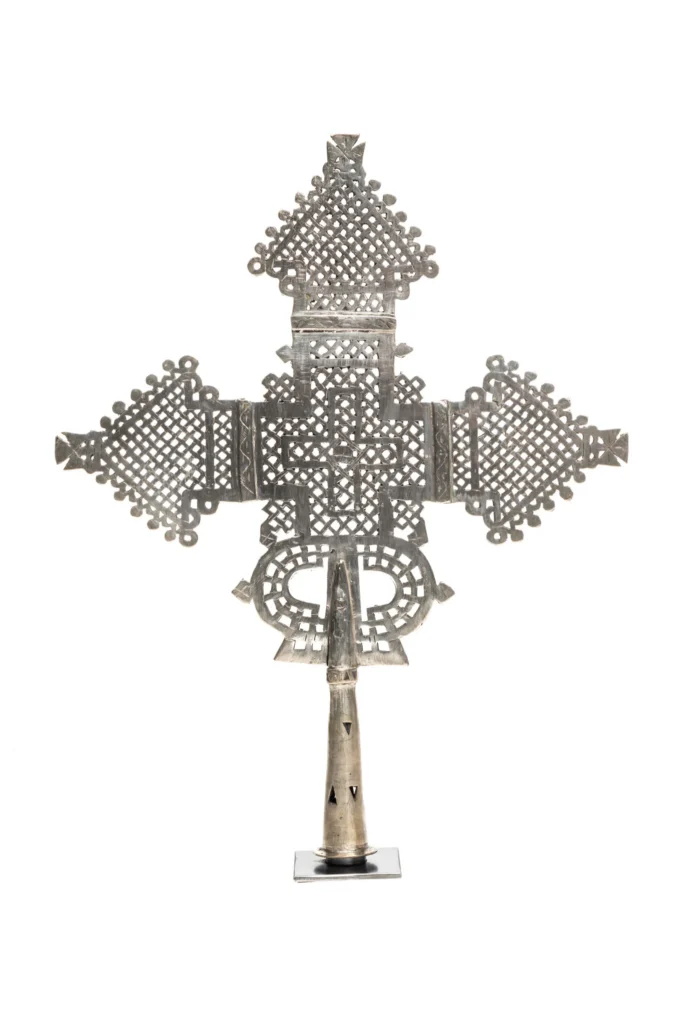
Ethiopian Symbols
Ethiopian symbols and motifs are deeply rooted in the country’s history, culture, and identity. Some of the most significant symbols include:
The Lion of Judah: This symbol, featuring a lion holding a flag, is associated with the Ethiopian monarchy and the biblical lineage of King Solomon and the Queen of Sheba. It has been a symbol of Ethiopian strength and identity.

The National Flag: Ethiopia’s national flag consists of three horizontal stripes of green, yellow, and red. These colors have historical and symbolic significance. Green represents the land and hope, yellow stands for peace and harmony, and red symbolizes the bloodshed of those who fought for independence.

The flag’s emblem:a yellow star with rays emanating from it on a blue disc, signifies Ethiopia’s bright future. The yellow rays that seem to be emanating from the star are equidistant and represent the equality of all Ethiopians regardless of race, sex, or creed. In 1996, the Ethiopian emblem was added to the center of the tricolor flag. Its initial color was light blue, but it was altered to dark blue eight months later. The blue background of the flag’s emblem is also meaningful, signifying unity.

The Coptic Cross: This Christian cross features a distinctive design, with equal-length arms that end in three points. It is a prominent symbol in Ethiopian Orthodox Christianity and is often worn as jewelry.
These symbols and motifs hold deep cultural and historical significance, and they are often used in various contexts, from flags and clothing to religious ceremonies and art. They provide a glimpse into the rich tapestry of Ethiopian identity and heritage.
